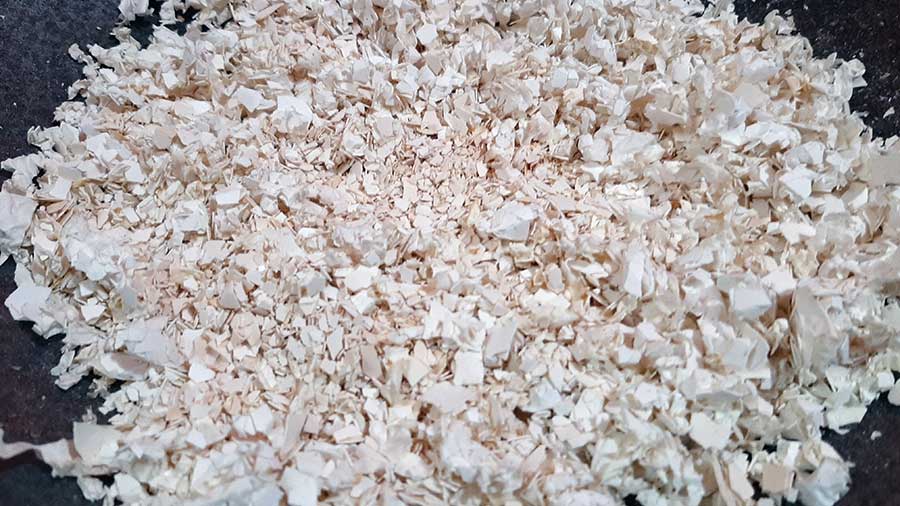The reason why you should mix eggshells with vinegar is to make this calcium-rich fertilizer soluble. The calcium found in eggshells is a very good fertilizer for your plants. You should strive to make use of eggshells since this is one of the common wastes in the kitchen.
But most people simply put those eggshells directly on top of the soil. It would take months before the microorganisms in the soil break down the eggshells in order for the calcium to be absorbed in the soil. Some people are smart in that they crush the eggshells first before applying them. This is better, but still, it takes time for it to decompose.
By the time the calcium is readily available, it may be too late already for the plants. A much better way to apply the calcium found in the eggshells is to make it soluble. In this way, the calcium is instantly absorbed by the plants.
Mixing Vinegar and Eggshells Makes a Water-Soluble Fertilizer
So how do you make it soluble? The answer is to soak the eggshells in vinegar. The acid in the vinegar extracts the calcium and some trace amounts of phosphorus in the eggshells. Calcium strengthens the cell walls of the plant, making them sturdy. Phosphorus, on the other hand, enhances the development of the plant’s root system, improving its ability to absorb nutrients from the soil.
Here are the steps to make eggshell fertilizer with vinegar:
- Clean the eggshells
- Crush the eggshells
- Heat the crushed eggshells
- Soak the eggshells in vinegar
- Let the mixture sit for 4 weeks
Step 1. Clean the eggshells
It may seem tempting to simply put the eggshells immediately after using. The problem with this is that the fresh egg that remains and still attached to the eggshell will attract insects and pests. Some of these insects might harm your plants. Snails and slugs can also harm the tender leaves and stem of your plants.
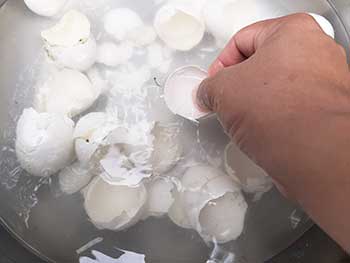
Some pests like mice can also burrow into the soil, disturbing the roots of the plants. So it is a good idea to rinse the eggshells in clean water to get rid of any remaining egg whites. Or you can use a basin full of water and soak the eggshells while scraping the contents with your fingers.
Step 2. Crush the eggshells
After cleaning the eggshells, place them in a shallow container and crush them using any hard object. This is to speed up the extraction process later on. By crushing them into tiny pieces, the calcium can be easily extracted.
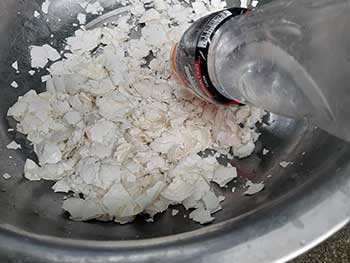
It also makes it easier for you to place them inside tight containers. For me, I just use the bottom of a bottle to crush them.
Step 3. Heat the crushed eggshells
Heating the crushed eggshells makes it easier and faster for the vinegar to extract calcium and phosphorus. Place the crushed eggshells in a frying pan and set the stove in low heat. Stir constantly until the color becomes light brown.
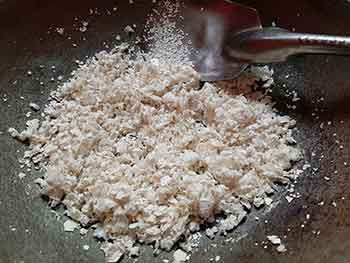
Heating the eggshells could take anywhere from 15-20 minutes. Place the heated eggshells in a container once done.
Step 4. Soak the eggshells in vinegar
To extract the calcium from the eggshells, we need to soak in an acid. Since vinegar (which is acidic) is pretty common in the house, you can use it to soak the eggshells in. Place the crushed eggshells inside a sealable container. You can use soda bottles for this. Pour the vinegar into the container. The proper ratio is 1:9. For every 1 part eggshells, use 9 parts vinegar.
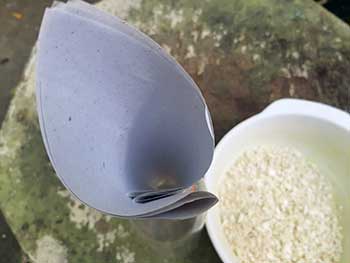
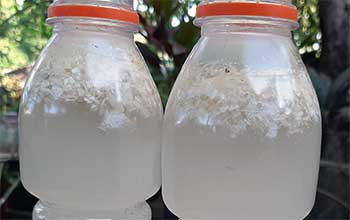
Once the eggshells are soaked, you can expect a bubbling reaction. The eggshells will start to float to the top, and this means that the extraction process has started. Seal the container.
Step 5. Let the mixture sit for 4 weeks
The extraction process may take a while. Actually, to extract the most amount of calcium and phosphorus, you will need to let it sit for about 4 weeks. The bubbling reaction will continue for many weeks. Be sure to place the container in a cool, dry area. You can just place it under your kitchen sink. The reaction will produce gas and this will increase the pressure in the container.
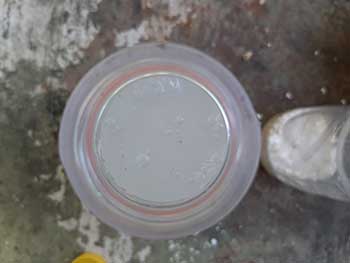
If there’s too much pressure, the container might explode. You will have to remove the lid every day to let the gas escape. Alternatively, you may not close the lid tightly, allowing for just a tiny space for the gas to escape.
Applying the Eggshell Fertilizer
Once the extraction process is complete, remove the undissolved particles using a strainer. You may also transfer the liquid into a new, clean container. To use this calcium-rich fertilizer, you have to dilute the solution first in water. The ratio is 10 ml per liter of water. Or about 2 tablespoons per liter. Spray your fertilizer directly onto the leaves. This process of spraying liquid fertilizer is called foliar feeding.
Foliar feeding is a technique of feeding plants by applying liquid fertilizer directly to the leaves. Plants are able to absorb essential elements through their leaves. The absorption takes place through their stomata and also through their epidermis.
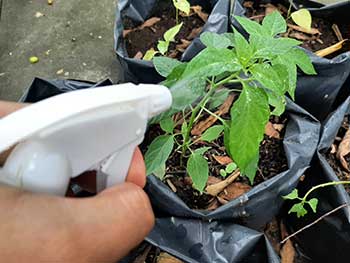
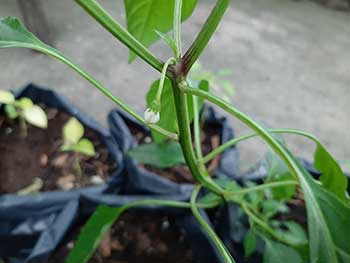
Do this once or twice a week. Most people forget this, but also spray under the leaves. As a tip, water early in the morning or late in the afternoon. The leaves absorb the nutrients better because at these times, the stomata, which are the tiny openings or pores in plant tissue that allow for gas exchange, are open.
With proper storage, this solution may last up to six months. Keep the fertilizer in a cool, dry place.
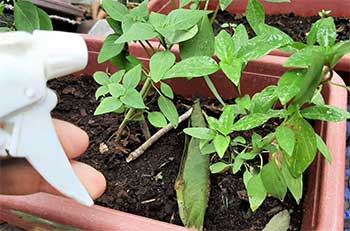
Remember, this process could take a month. I would recommend making this calcium-rich fertilizer by the time you are ready to sow the seeds. Calcium is good for all plants, especially in their vegetative stage. This is the stage between germination and flowering stage. One other important function of calcium is to prevent flowers from falling off your plant. I often use eggshell fertilizer for my pepper plants and herbs in my garden.


